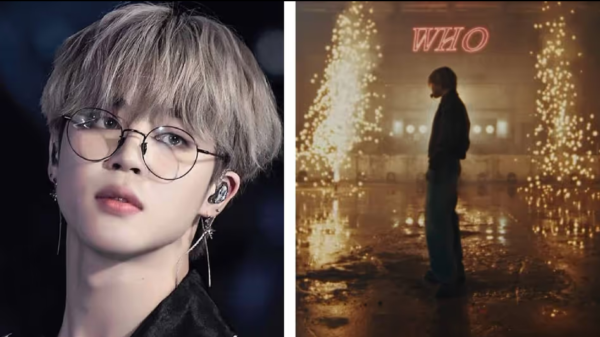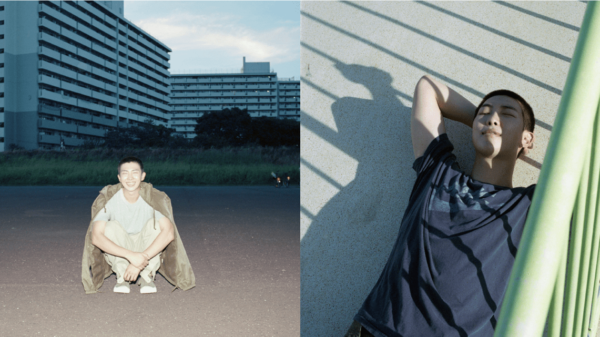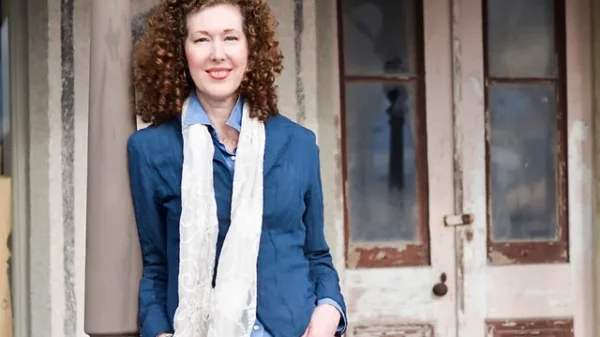Introduction
Art has always been a powerful means of self-expression and creativity, but in recent years, there has been a growing movement within the art community towards sustainability and eco-friendly practices. Artists, galleries, and art enthusiasts are recognizing the importance of reducing their environmental impact and embracing sustainable art practices. In this blog post, we will explore the concept of sustainable art, its benefits, and how artists can incorporate eco-friendly practices into their work.
What is Sustainable Art?
Sustainable art, also known as eco-art or green art, refers to artwork that is created with a focus on environmental sustainability. It involves using materials and techniques that have a minimal impact on the planet, as well as promoting social and ecological awareness through the art itself. Sustainable art can take many forms, including sculpture, painting, photography, and installation art.
The Benefits of Sustainable Art
Embracing sustainable art practices offers a range of benefits, both for artists and the environment. Firstly, it allows artists to align their work with their values and contribute to a more sustainable future. By using recycled or repurposed materials, artists can reduce waste and minimize their carbon footprint. Additionally, sustainable art can inspire and educate viewers about environmental issues, fostering a greater sense of responsibility and encouraging positive change.
How Artists Can Incorporate Eco-Friendly Practices
There are various ways in which artists can incorporate eco-friendly practices into their creative process. One of the most effective ways is by using recycled or repurposed materials. This not only reduces waste but also adds a unique and interesting element to the artwork. Artists can also consider the lifecycle of their materials, opting for those that are sustainably sourced and produced.
Another important aspect of sustainable art is the use of non-toxic and environmentally friendly art supplies. Traditional art materials often contain harmful chemicals that can be detrimental to both the artist’s health and the environment. By choosing non-toxic alternatives, artists can create art without compromising their well-being or the planet.
Furthermore, artists can explore themes and subjects that raise awareness about environmental issues. Through their artwork, they can provoke thought, spark conversations, and inspire action. Sustainable art has the power to engage viewers on a deeper level, encouraging them to reflect on their own behaviors and make more conscious choices.
The Role of Galleries and Art Institutions
Galleries and art institutions play a crucial role in promoting sustainable art practices. They can support artists who are committed to sustainability by showcasing their work and organizing exhibitions centered around environmental themes. Additionally, galleries can implement eco-friendly practices themselves, such as using energy-efficient lighting, recycling exhibition materials, and promoting sustainable transportation options for visitors.
Conclusion
The movement towards sustainable art is gaining momentum, as artists and art enthusiasts recognize the importance of embracing eco-friendly practices. By using recycled materials, non-toxic supplies, and raising awareness about environmental issues through their artwork, artists can contribute to a more sustainable future. Galleries and art institutions also have a role to play in promoting and supporting sustainable art practices. Together, we can create a more environmentally conscious art community that not only produces beautiful works but also makes a positive impact on the planet.


































